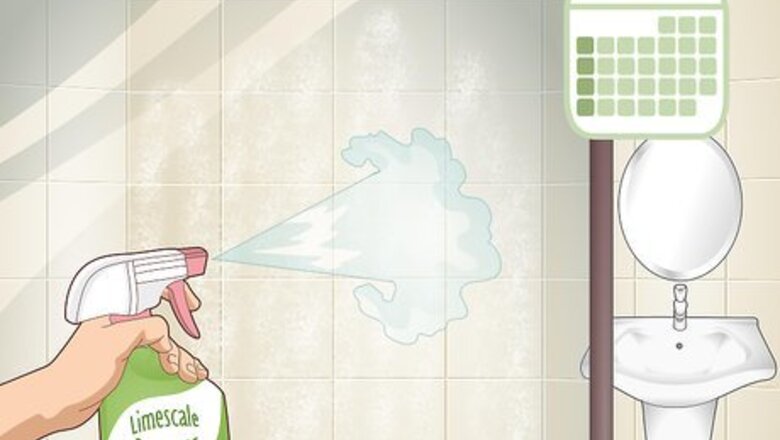
views
Using Limescale Remover
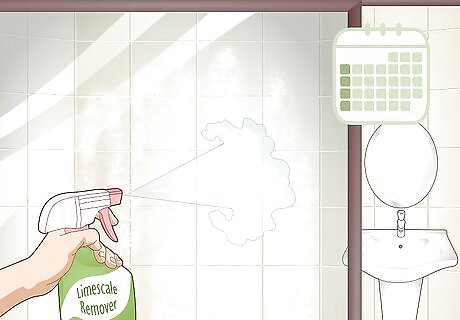
Treat your shower screen with limescale remover on a weekly basis. Examine your shower screen every day to see if there’s any sign of limescale build-up. If your household has issues with hard water, you might want to wipe down your shower each week. If your shower screen doesn’t have a lot of issues with limescale, consider wiping it down with limescale remover on a monthly or bimonthly basis.While limescale isn’t harmful to your shower screen, it can make the surface look clouded.
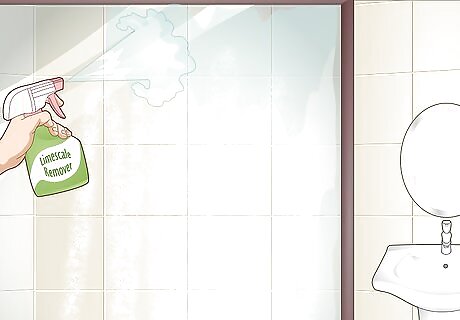
Spritz limescale remover all over the surface of your shower screen. Search online or in a physical store for a cleaning solution designed to get rid of limescale. Since these products can be pretty concentrated and abrasive to your skin, wear a pair of disposable cleaning gloves whenever you use a specialized limescale cleaner. Try spritzing the entire surface of your shower screen, focusing especially on areas that have a lot of build-up.
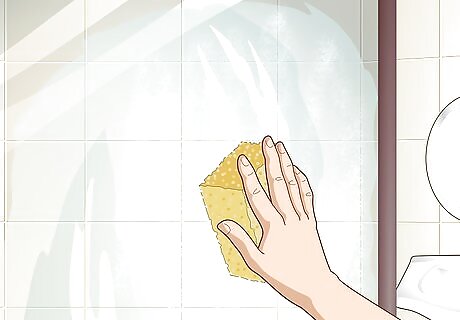
Rub the solution into the screen with a sponge. Use a dual-sided sponge to work the cleaner into any limescale spots. As you work, use the fuzzy, more abrasive side of the sponge to spread the cleaning product all over the shower screen. Check the label on your sponge to see if it’s safe to use on glass. Only use sponges to clean your surfaces. Avoid using steel wool, or another kind of abrasive pad.
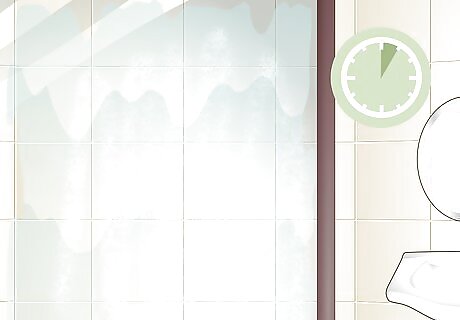
Let the limescale remover soak into the surface for 5 minutes or so. Set a timer for 5 minutes and step away from the shower screen. While the sponge helps to spread the cleaning product across the glass, you still need to give the limescale remover time to soak into the stains. If your stains are particularly bad, let the cleaner soak for a few minutes more. Check the back of your limescale remover to see if there’s a recommended soaking time for the product.
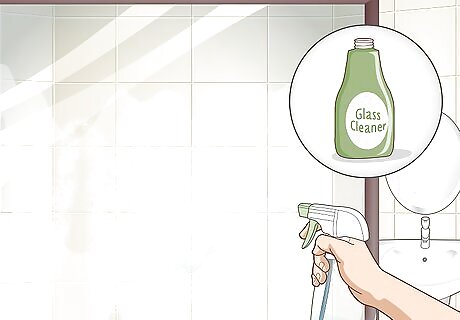
Spray diluted glass cleaner over the shower screen. Mix 1 tablespoon (15 mL) of regular glass cleaner in a spray bottle with 20 tablespoons (300 mL) of tap water. Stir or shake the ingredients together, then spritz the mixture over the glass. Don’t worry about wiping down the old limescale cleaner; in this case, the glass cleaner serves as an extra layer of polish for your shower screen.As you spritz on the cleaner, check to see if the limescale spots have faded or vanished completely.
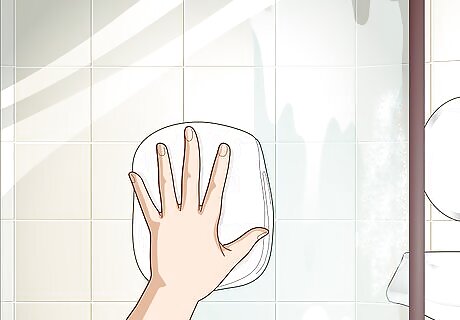
Dry off the surface with a microfiber cloth. Use small, circular movements to absorb and remove any excess glass cleaner, leaving your shower screen looking much cleaner and shinier. Try to wipe up any excess liquid with the microfiber cloth, so not spots, smears, or streaks develop later on. Microfiber cloths are much more useful when it comes to cleaning glass, as they don’t leave smears or marks on the surface.
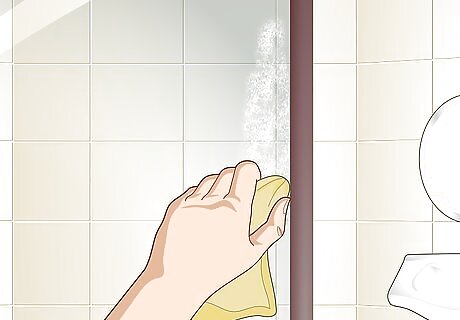
Wipe away any smudges or streaks with a window cloth. If the glass still looks a bit blotchy, use a window cloth to buff away any lingering marks. Go over the glass in small circular motions to ensure that no smears or streaks are leftover. If the limescale stains are still present, repeat the cleaning process by spraying and rubbing more cleaner into the trouble spots.
Spritzing with Vinegar and Water
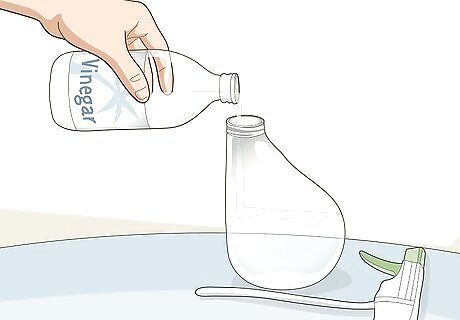
Mix equal parts of white vinegar and water in a spray bottle. Pour 1 cup (240 mL) each of white vinegar and tap water in an empty spray bottle. Next, stir or shake the ingredients to mix them together completely. If you’re not cleaning off a large shower screen, you can smaller amounts of each ingredient. Since vinegar is naturally acidic, you don’t want to apply it to glass while it’s still concentrated. Always use equal amounts of water and white vinegar in this mixture.
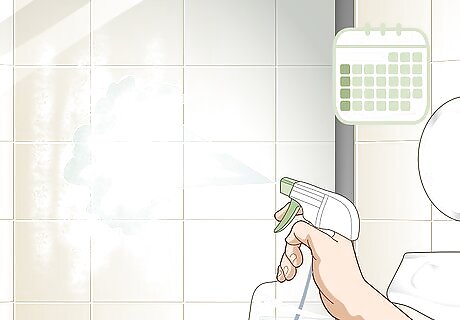
Spray the mixture over the affected shower screen once each week. Choose a time each week to apply the diluted vinegar over the surface of the shower, so your glass doesn’t develop any limescale marks. Try to cover the entire surface of the screen, so all the glass is protected from future build-up. If you plan to clean your shower on a weekly basis, keep this mixture on hand to use again.
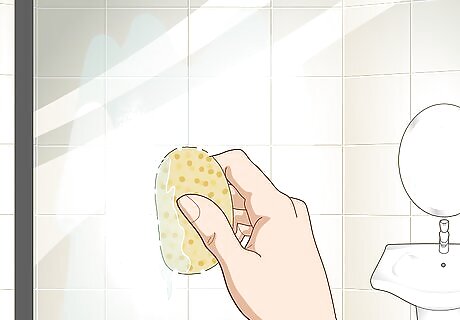
Scrub away tough limescale spots with a sponge. If you notice any limescale streaks or spots forming on your shower screen, use the fuzzy portion of a dual-sided sponge to work away the stains. If you don’t see any limescale build-up, spray on the vinegar mixture as you usually would. Don’t use steel wool or other abrasive pads to scrub away limescale, as this could scratch the glass screen.
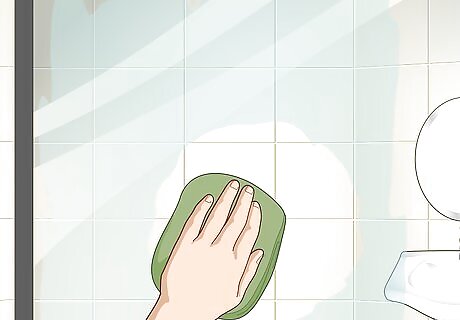
Wipe off the vinegar mixture with a microfiber cloth. Use small, circular motions to absorb and buff away any excess cleaning solution. Next, continue rubbing down the entire shower screen until the surface is completely dry and vinegar-free. If you want to go the extra mile, use a window cloth to buff away lingering smears or streaks from the surface of the shower screen.
Taking Other Preventative Measures
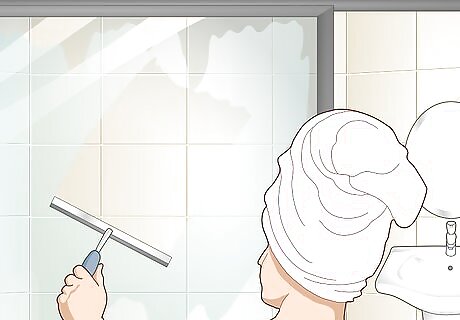
Clean your glass screen with a squeegee after you take a shower. If your screen is especially moist or dripping wet, drag a squeegee along the glass to get rid of excess shower water. Try to remove any visible water droplets, so your screen isn’t as likely to develop long-term limescale build-up. To make this process even more effective, spritz some shower/bathroom or limescale spray over the surface of your screen, then go over it with the squeegee.
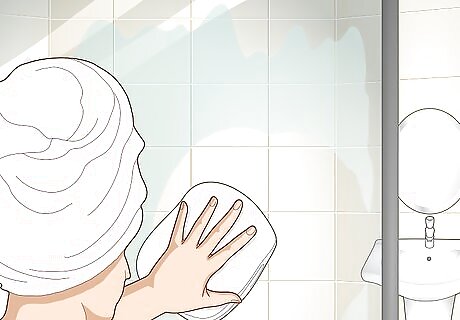
Wipe down your screen with a microfiber cloth if you don’t have a squeegee. Grab a microfiber cloth and dry off any visible moisture. Move the cloth in consistent circular motions to ensure that no visible water droplets are left on the surface. If you don’t have a microfiber cloth on hand, you can use a towel instead. However, note that a regular cloth might leave streaks on the glass.
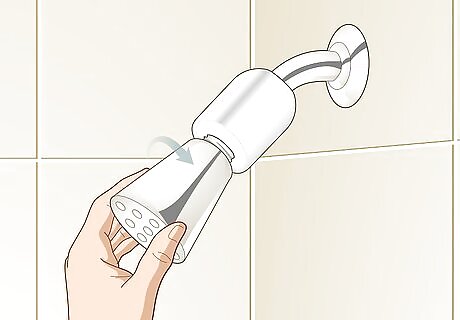
Install a new filter in your shower head. Visit your local home improvement to see if they sell any shower head attachments that filter out hard water minerals. Determine how much you use your shower before making a purchase, as some products are designed to process and filter different amounts of water. If you want to replace your shower head altogether, look for products that have a filtering system built in. If you aren’t comfortable installing the shower head or filter on your own, ask a professional for assistance. If you don’t want to replace anything, try inspecting and removing your current shower head for limescale build-up.












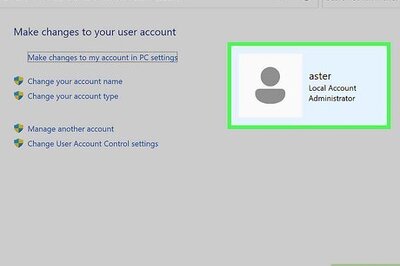





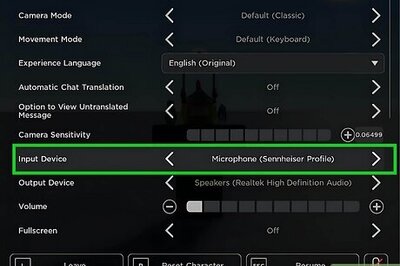
Comments
0 comment